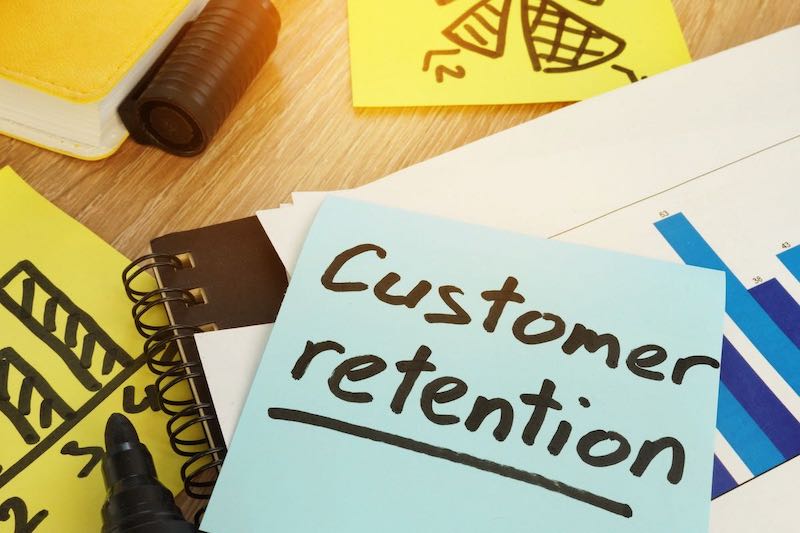Purge Your CRM: Unmasking the Spooky Secrets Lurking in Your Data
Welcome to a Halloween-themed journey through the mysteries of your Customer Relationship Management (CRM) system! It’s no secret how important a well-functioning CRM is to your business, but do you ever get the eerie feeling that something is amiss within it? We’ll explore five chilling challenges that cause problems for your whole team, haunting the day-to-day operations. With a few practical solutions, you’ll be well-prepared to banish these dementors and enjoy a smooth and efficient data management experience. Let’s purge your CRM!
The Phantom Data Entry
Do phantom records plague your CRM? Duplicate entries, missing information, and data inconsistencies can frighten you. These ghoulish errors don’t just waste time; they can lead to costly mistakes and a prolonged sales cycle. Implementing rigorous data entry protocols is the key to fighting these data monsters. Have a plan in place on how you input data into your system and also how you update and maintain it. This way, your CRM will be free from the ghostly grip of bad data.
The Poltergeist of Poor Integration
Have you ever experienced the hair-raising frustration of incompatible software? Data silos and miscommunication can be as disruptive as a mischievous poltergeist. They cause delays in important communications and likely cost your business customers. To put these integration issues to rest, consider comprehensive CRM integrations. You could implement a third-party API integration tool or work with a developer to build a custom backend solution. Seamlessly connecting your tech stack will ensure a smooth data flow and scare off all inefficiencies.
The Zombie Accounts
Are there accounts that seem to be stuck in perpetual limbo, never progressing? These zombie accounts can drain your resources (sales reps’ time!) and weigh down your sales pipeline. To breathe new life into them, devise personalized nurturing strategies that utilize a series of targeted messages. The goal here is to be creative and resourceful in how your team can efficiently connect with potential buyers. Don’t be afraid to test personalized messages at different intervals to optimize response. Re-engaging with dormant leads can eventually turn them into valuable clients who are more Laura Croft and less Walking Dead.
The Curse of Inefficient Workflows
Inefficient workflows are like the house that hands out toothpaste to trick-or-treaters on Halloween – it prevents your team from having fun (productive). Identifying bottlenecks, automating repetitive tasks, and streamlining processes are the main avenues that will free your team from these shackles. Even though your team may be very busy, be sure to include key stakeholders in this critical mission. Doing so will ensure that your CRM is no longer haunted by time-consuming and frustrating workflow issues, thereby empowering your team to focus on strategic tasks.
The Specter of Analytics Paralysis
Are you drowning in a sea of data, unable to make sense of it all? The specter of analytics paralysis can really be overwhelming. Not only does this limit the insights your team is able to compile, but it’s also likely means you’re missing relevant data points hidden within the mess. Now is the perfect time to simplify your reporting, take advantage of data visualization techniques, and make data insights more accessible. As a team, make a push to clean up the reports you’re using and determine the specific information that is really useful in evaluating performance. Organizing your data can banish the chilling effect of information overload and ensure that your CRM becomes a valuable source of insights.
Keep Calm and Maximize On
Don’t let the lingering phantoms of CRM issues spook your revenue operations any longer. This Halloween season, embark on a mission to uncover and resolve the problems that may be haunting your system. From ghostly data entry to mischievous integrations and even zombie accounts, each challenge has a solution. As your team addresses these problems, you’ll realize improvements in how the group operates, so take the first steps to ensure a more productive, data-driven, and efficient future for your business. Bid farewell to the CRM ghosts and enjoy a fright-free experience as you explore the possibilities that await.
Schedule your free consultation to see how Revenue Ops LLC can help you exorcise your CRM today. Happy Halloween!



